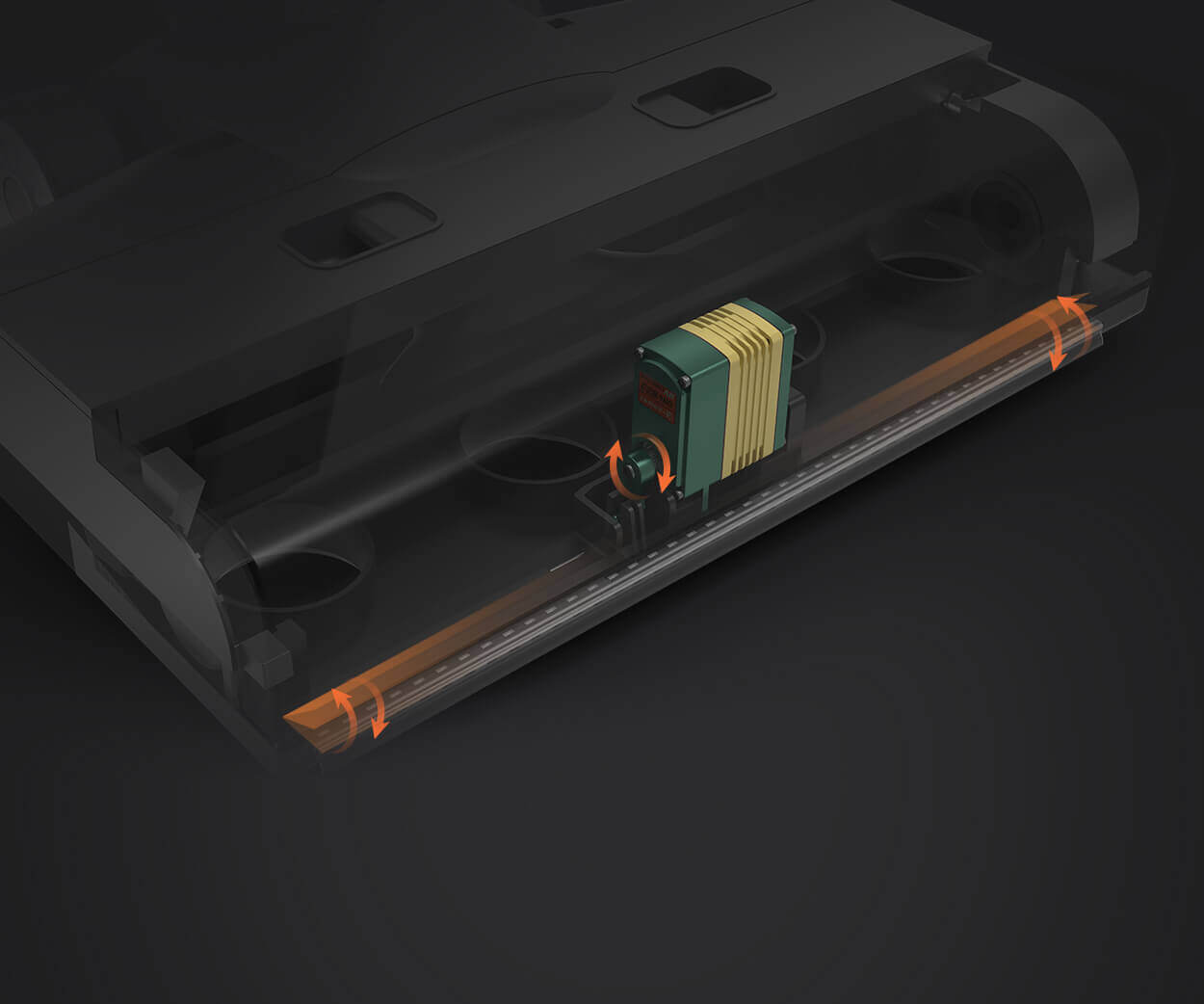Imagine a microservices architecture without a clear design pattern—it's like trying to build a Lego set with no instructions. Things get chaotic fast. That's where different design patterns come into play, offering a structured way to organize microservices, making your system more resilient, scalable, and easier to maintain.

Let’s start with some real talk. You probably already know that microservices are all about breaking applications into smaller, manageable pieces. But how those pieces communicate and collaborate matters so much. Without a proper pattern, you're just leaving things to chance, which isn't a smart business move. Think about patterns like API Gateway, Circuit Breaker, Saga, or Observer—they're more than buzzwords; they’re vital tools that can turn chaos into order.
Take the API Gateway pattern. It’s like a smart receptionist for your microservices—routing requests, handling load balancing, and even acting as a security checkpoint. This pattern reduces the complexity at the client side. Ever wondered why some apps load faster? It’s probably thanks to a well-implemented API Gateway.
Then there's the Circuit Breaker pattern—its job is to prevent cascading failures. Say a service is down or slow; instead of making everyone wait, the circuit opens, and users get a fallback. Imagine trying to order food and the app keeps hanging. A Circuit Breaker makes sure you get a response faster, even if it’s just a friendly "try again later" message.
And what about Saga? If your microservices depend on transactions that span multiple services, you need something like Saga. It keeps everything in sync, even as individual services recover from failures. If one service fumbles, Saga helps roll back or compensate, so your data stays consistent. Otherwise, you’re risking data chaos.
Are you curious how you pick the right pattern? It really depends on your specific challenges. For example, if you're dealing with a system that needs real-time updates, Observer pattern can help services stay in sync without constantly polling. Or if you're scaling out, a load balancing pattern makes sure no single service becomes a bottleneck.
Here's a question: isn’t it overwhelming to choose and implement all these patterns? Absolutely. But that’s the beauty of it—understanding these patterns allows you to tailor your architecture. Sometimes a combo of patterns is the key to solving complex problems.
All in all, designing your microservice architecture with these patterns isn’t some fancy add-on. It’s what sets the foundation for a scalable, reliable, and easier-to-manage system. Adopting the right patterns transforms your microservices from a disorganized mess into a well-oiled machine. That’s how you turn tech into a real business asset.
Established in 2005, Kpower has been dedicated to a professional compact motion unit manufacturer, headquartered in Dongguan, Guangdong Province, China. Leveraging innovations in modular drive technology, Kpower integrates high-performance motors, precision reducers, and multi-protocol control systems to provide efficient and customized smart drive system solutions. Kpower has delivered professional drive system solutions to over 500 enterprise clients globally with products covering various fields such as Smart Home Systems, Automatic Electronics, Robotics, Precision Agriculture, Drones, and Industrial Automation.




































